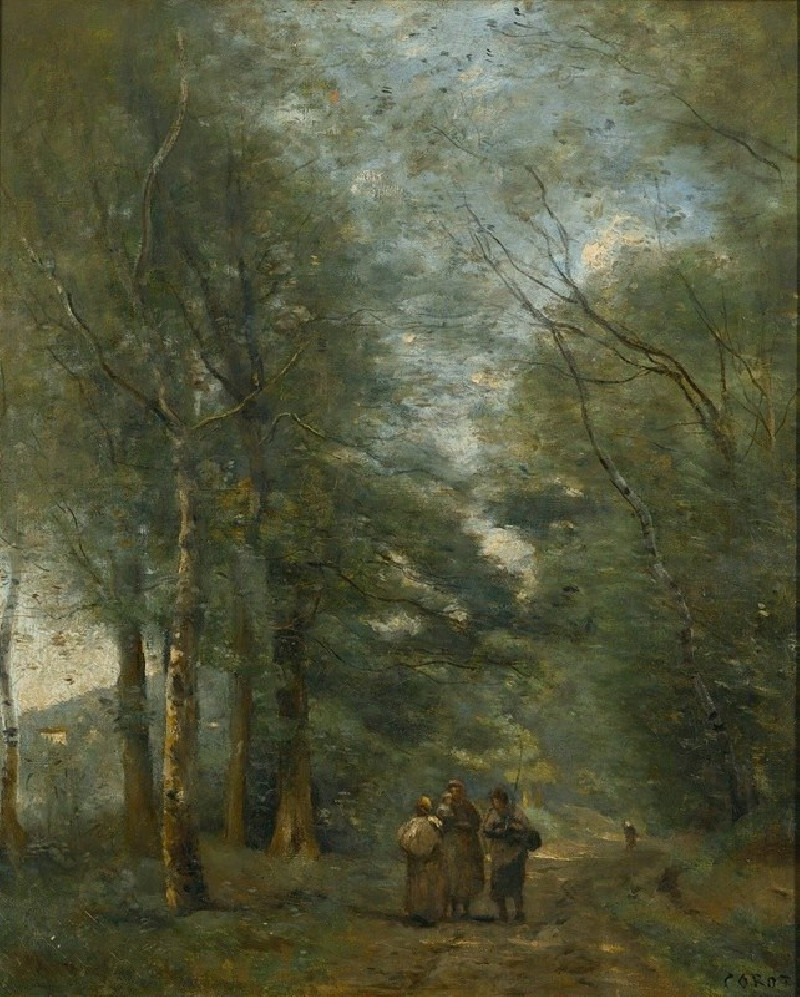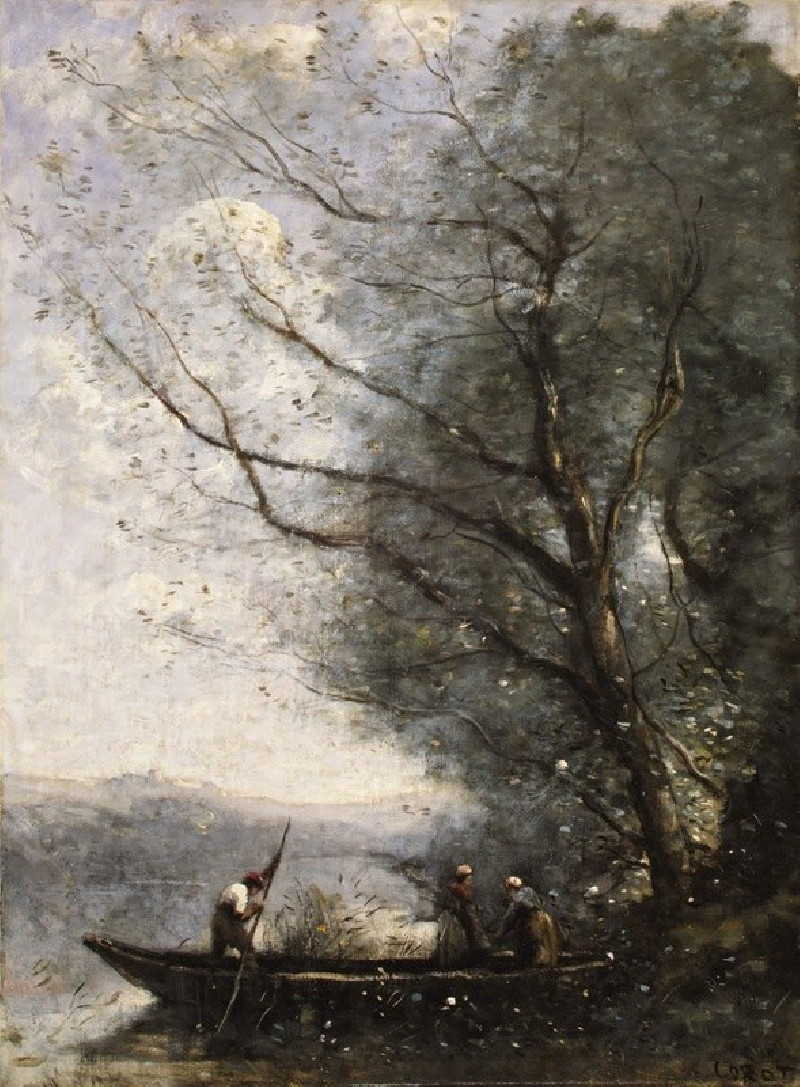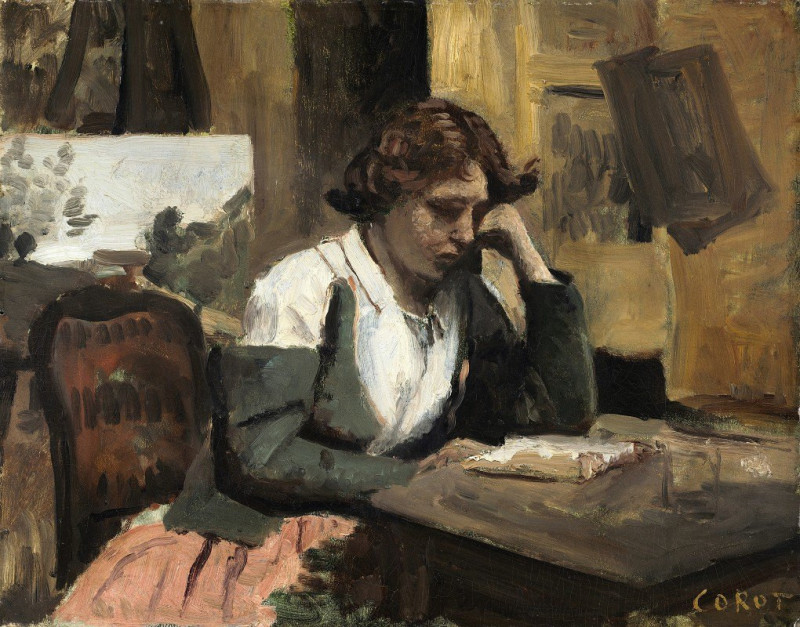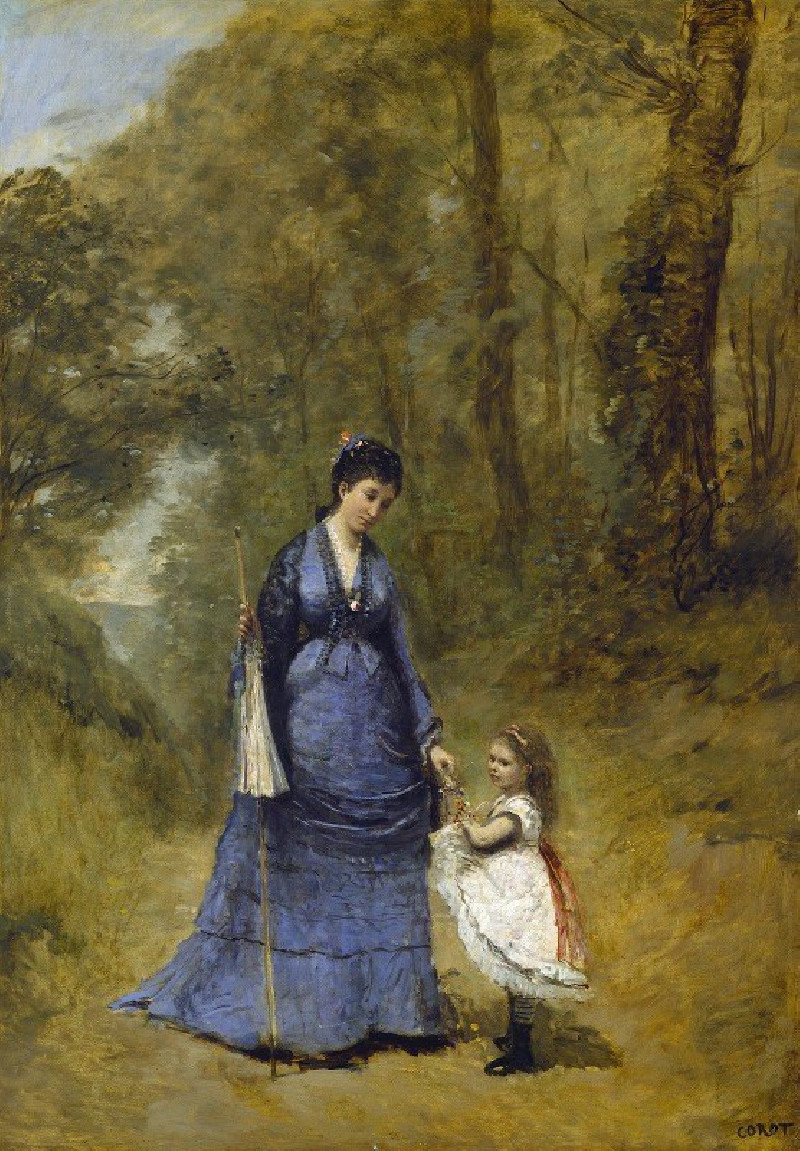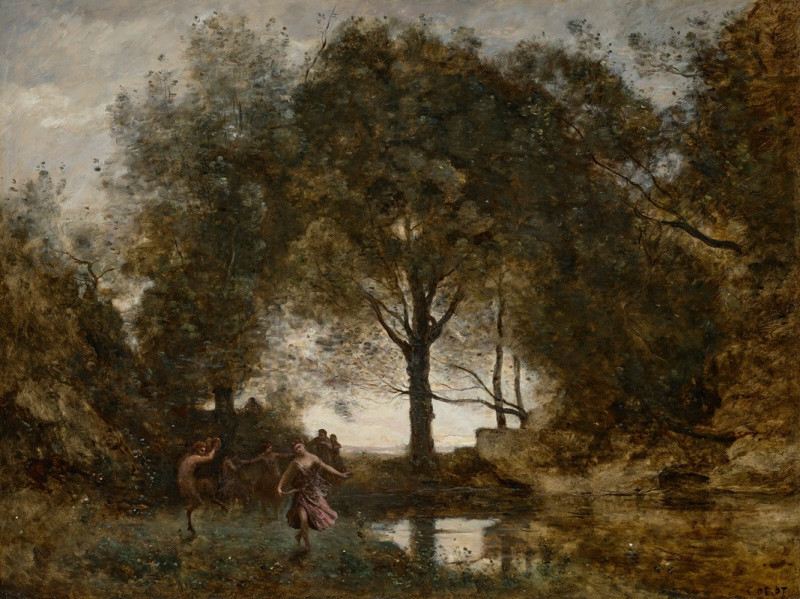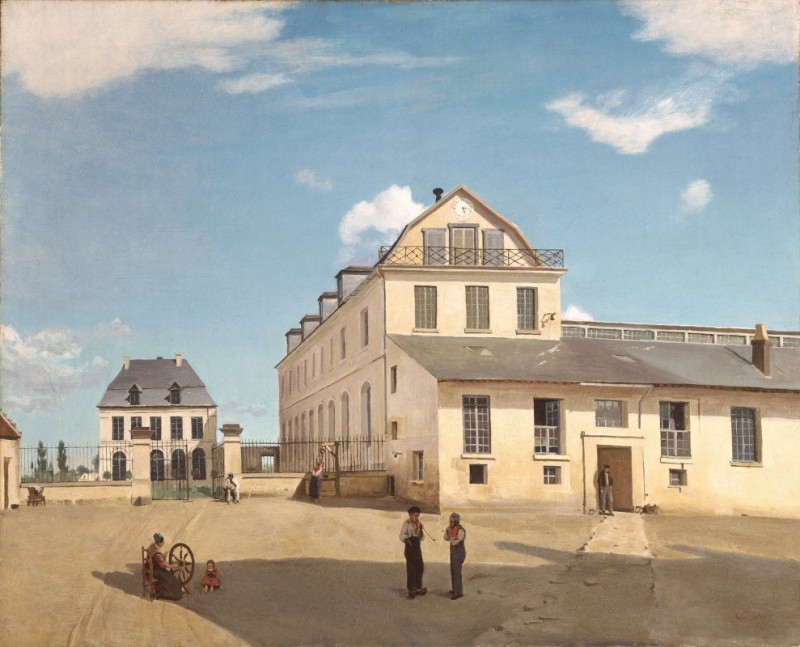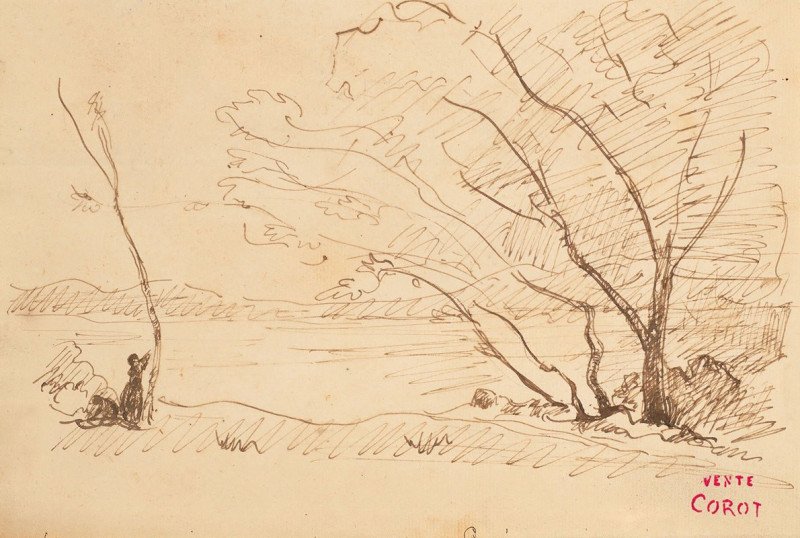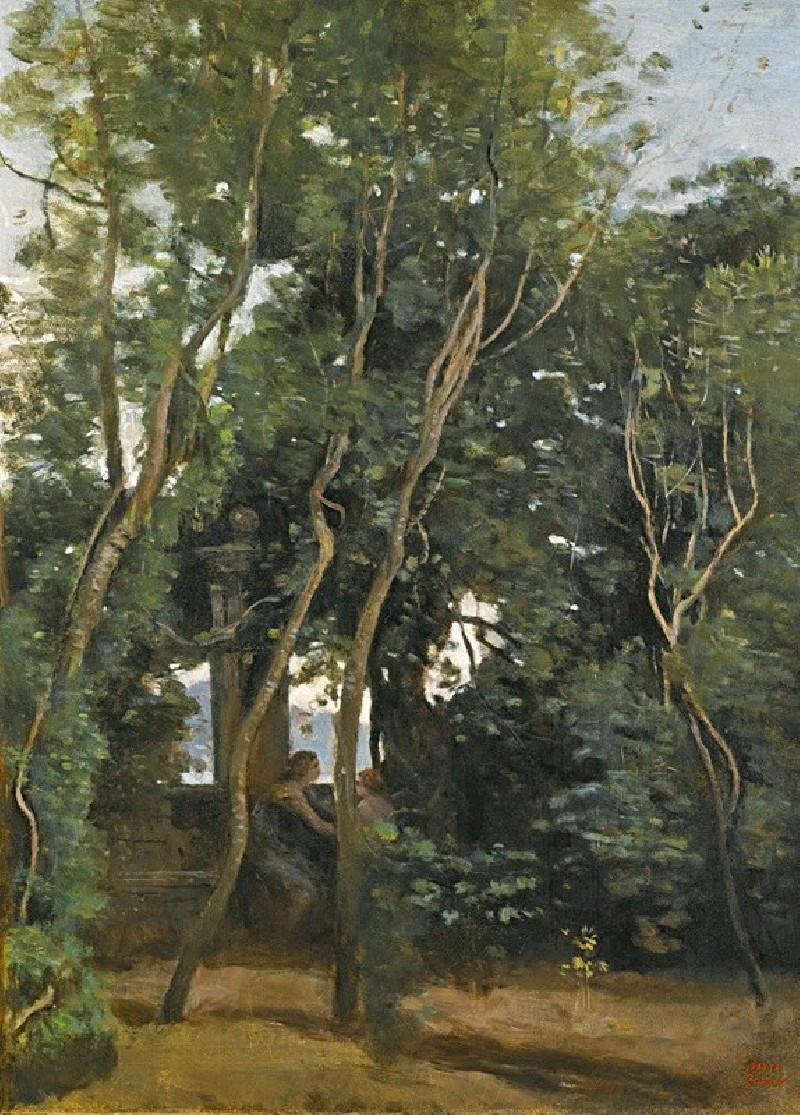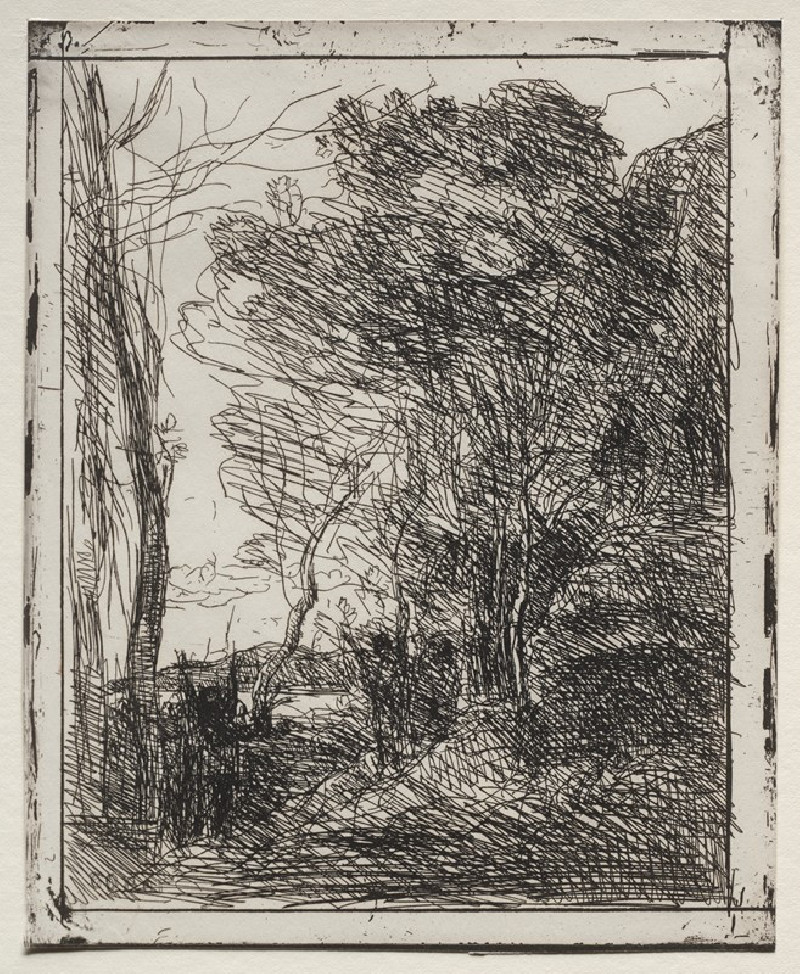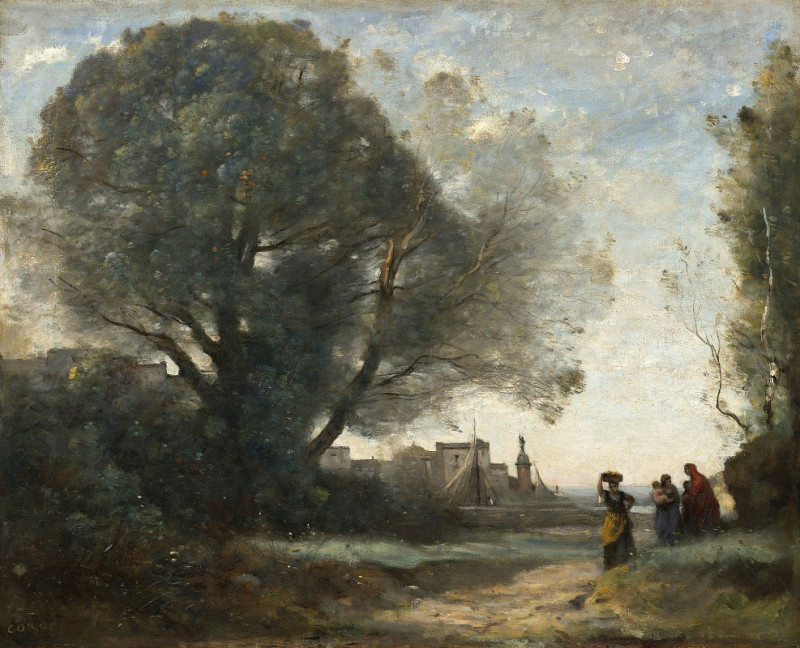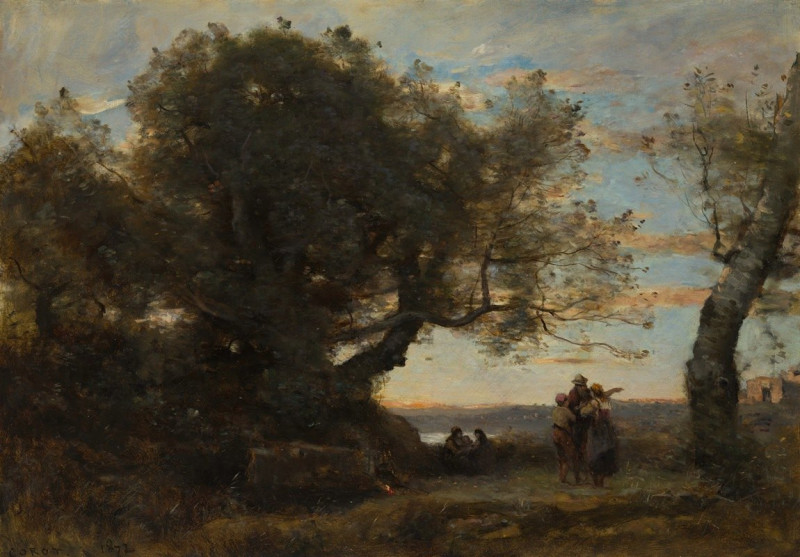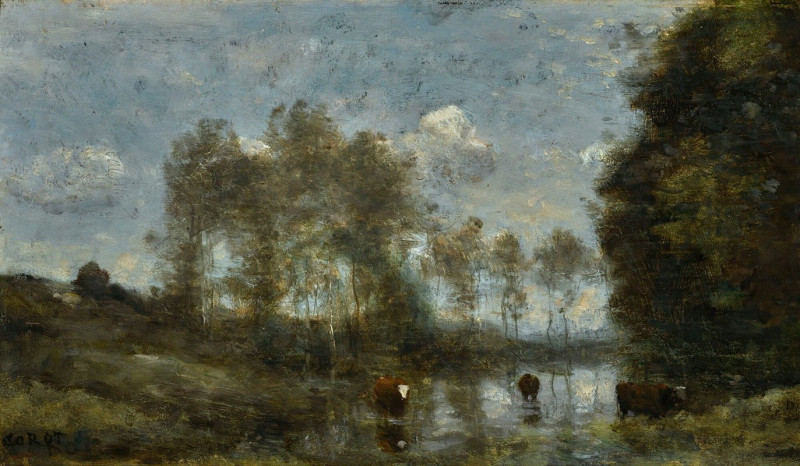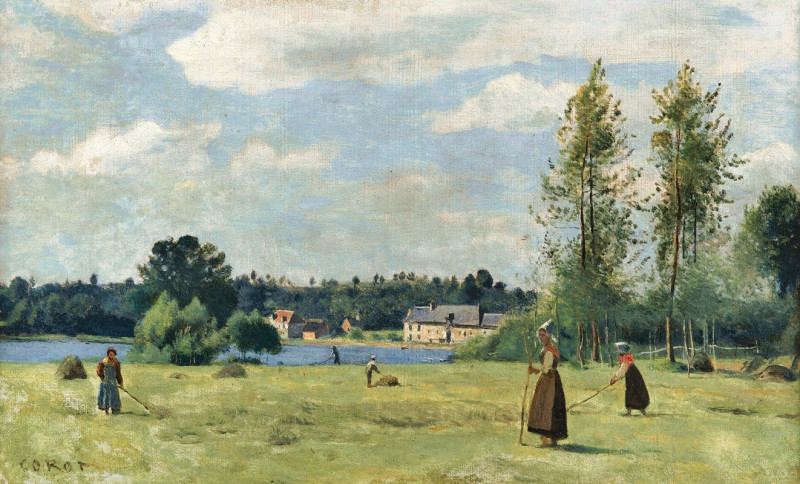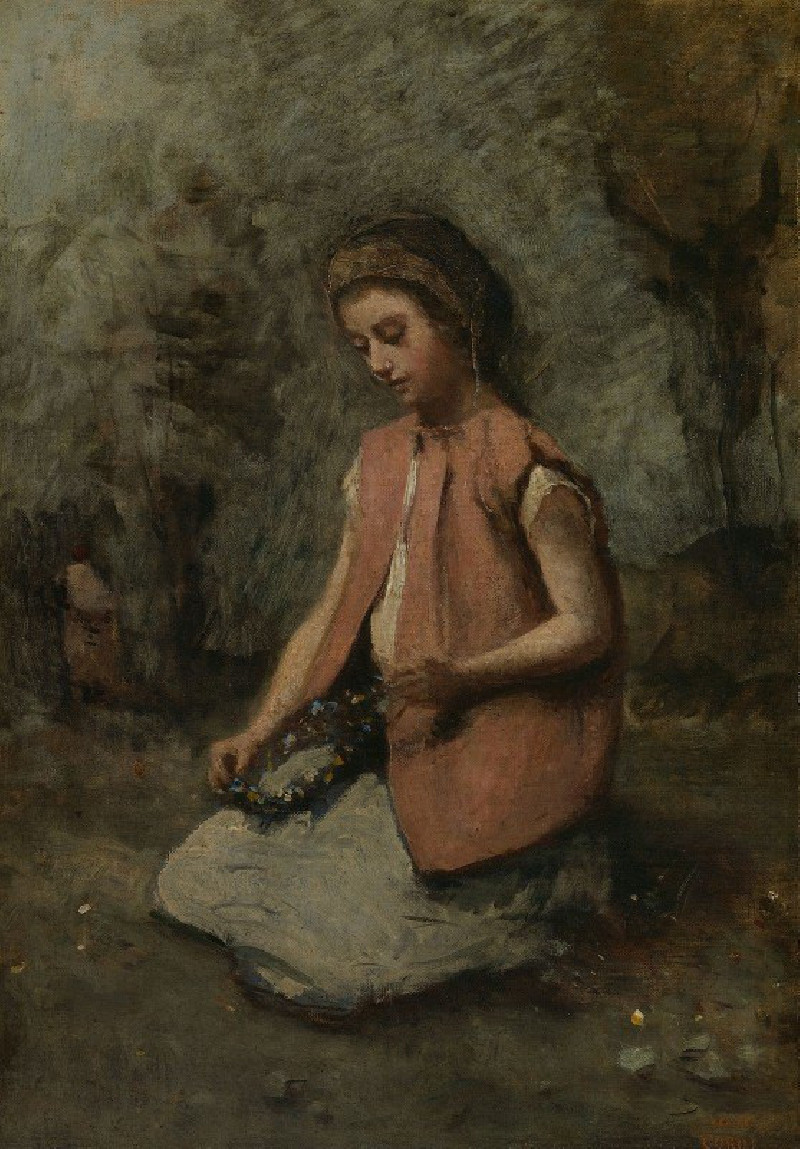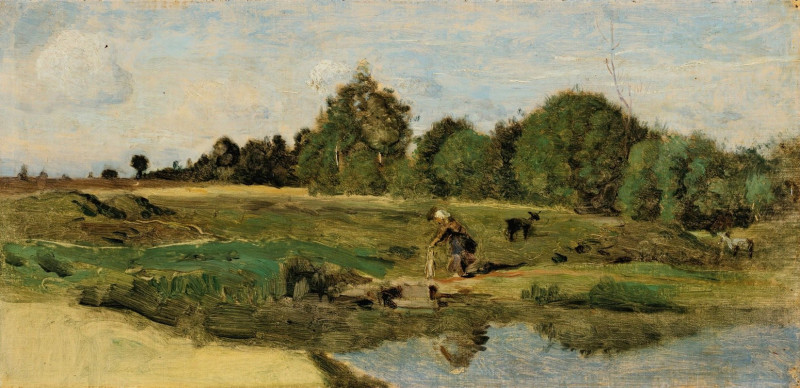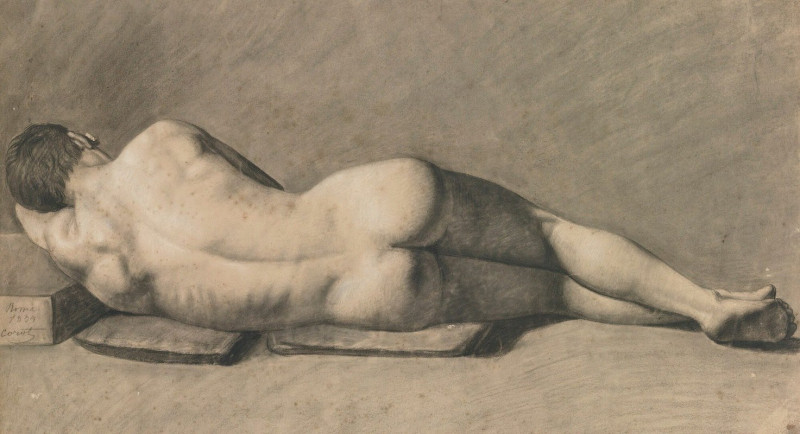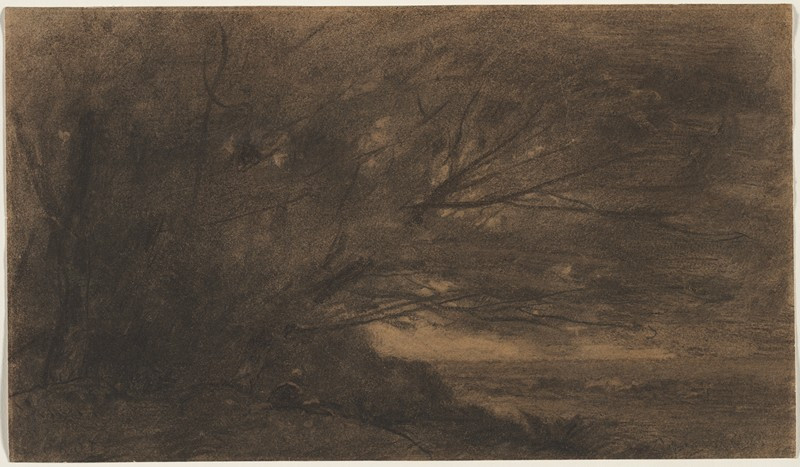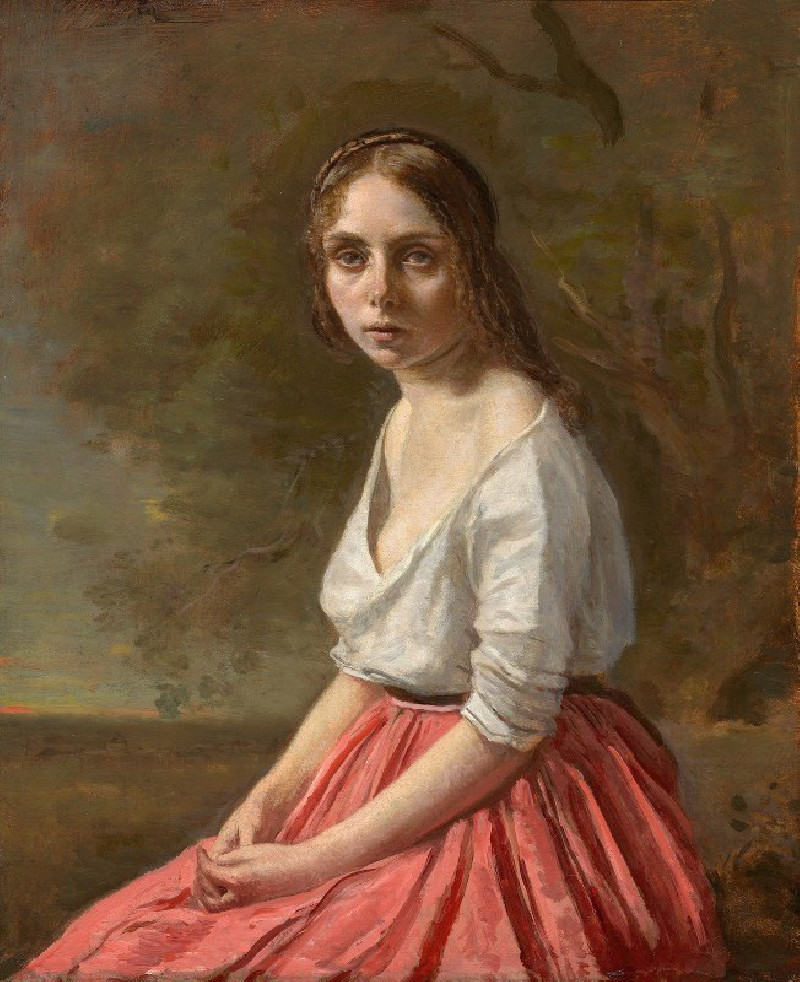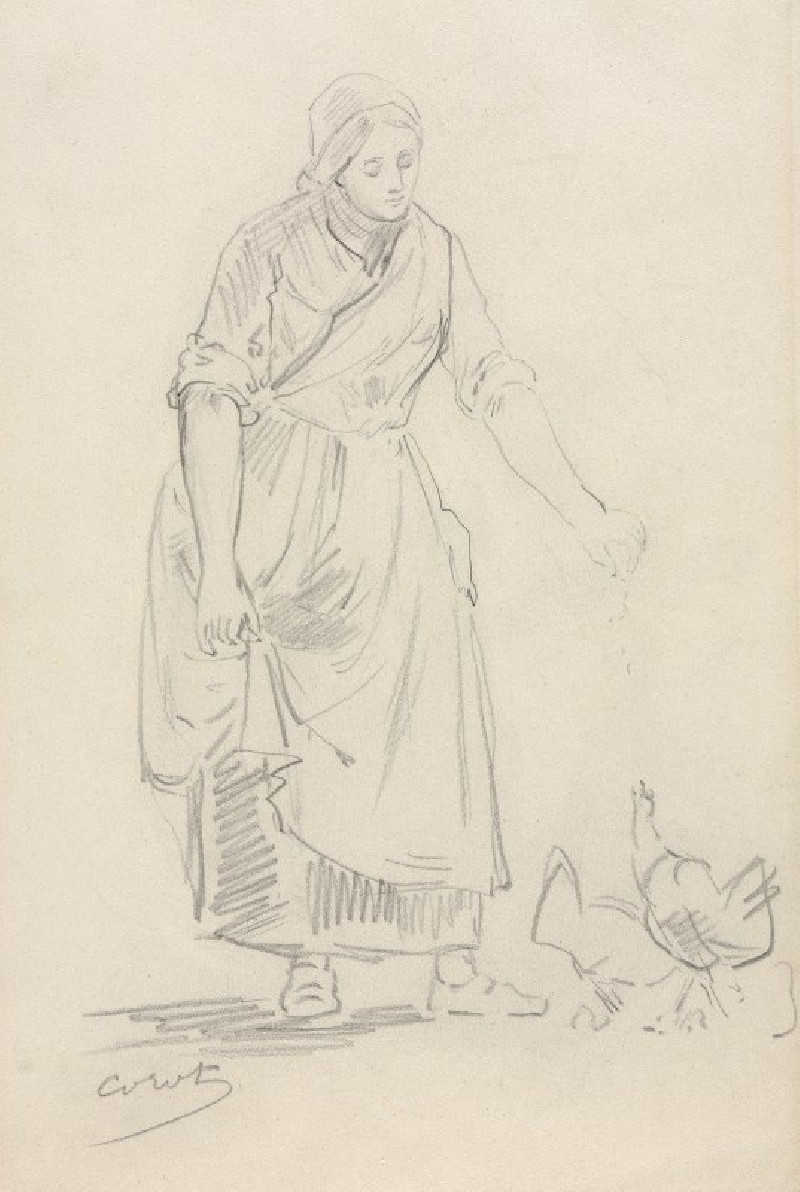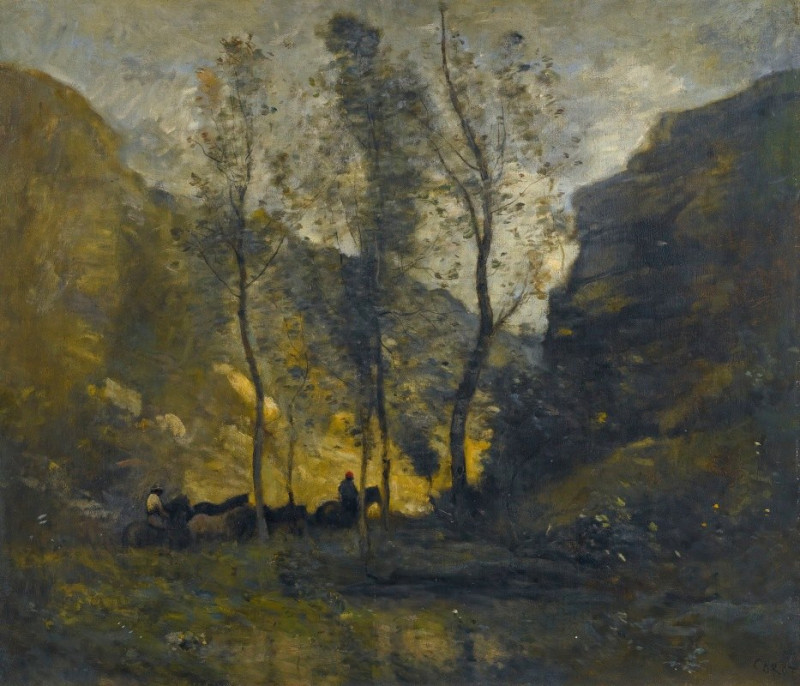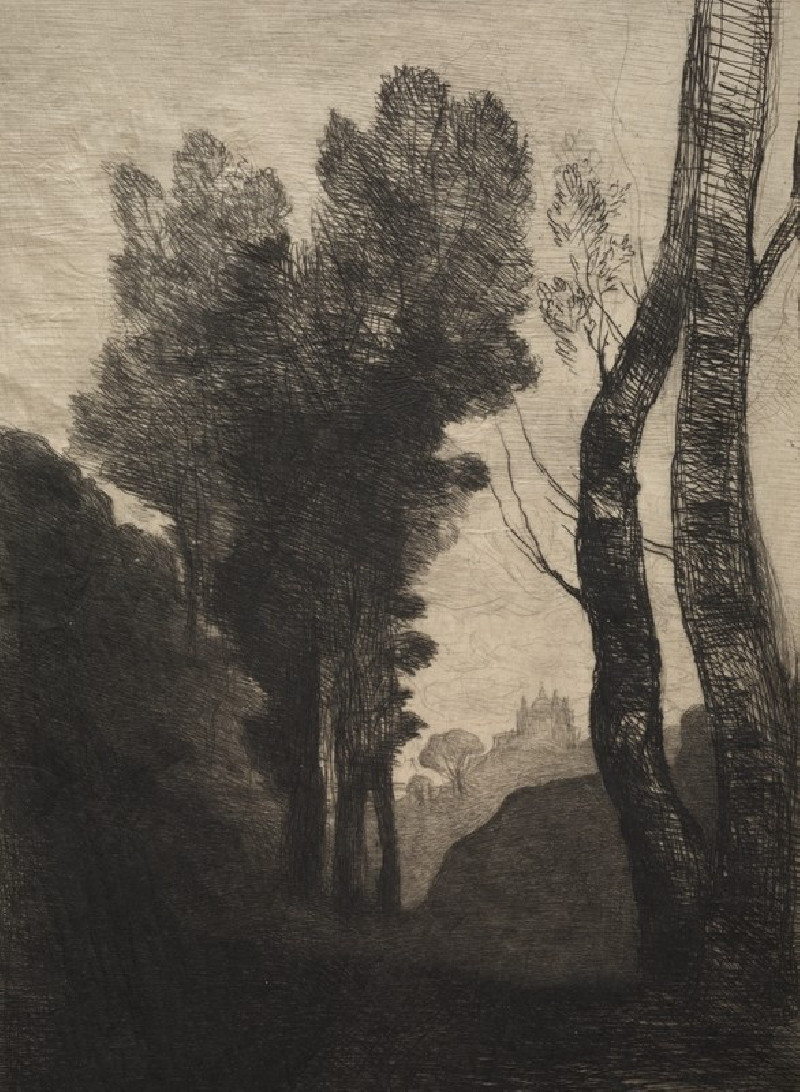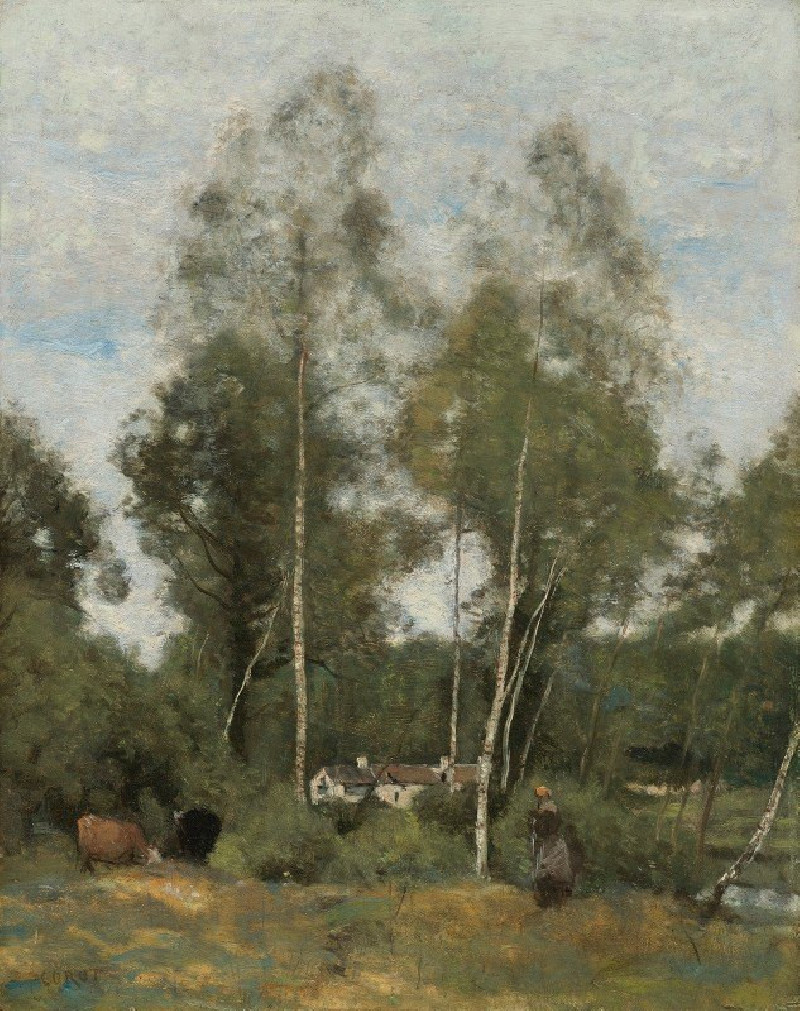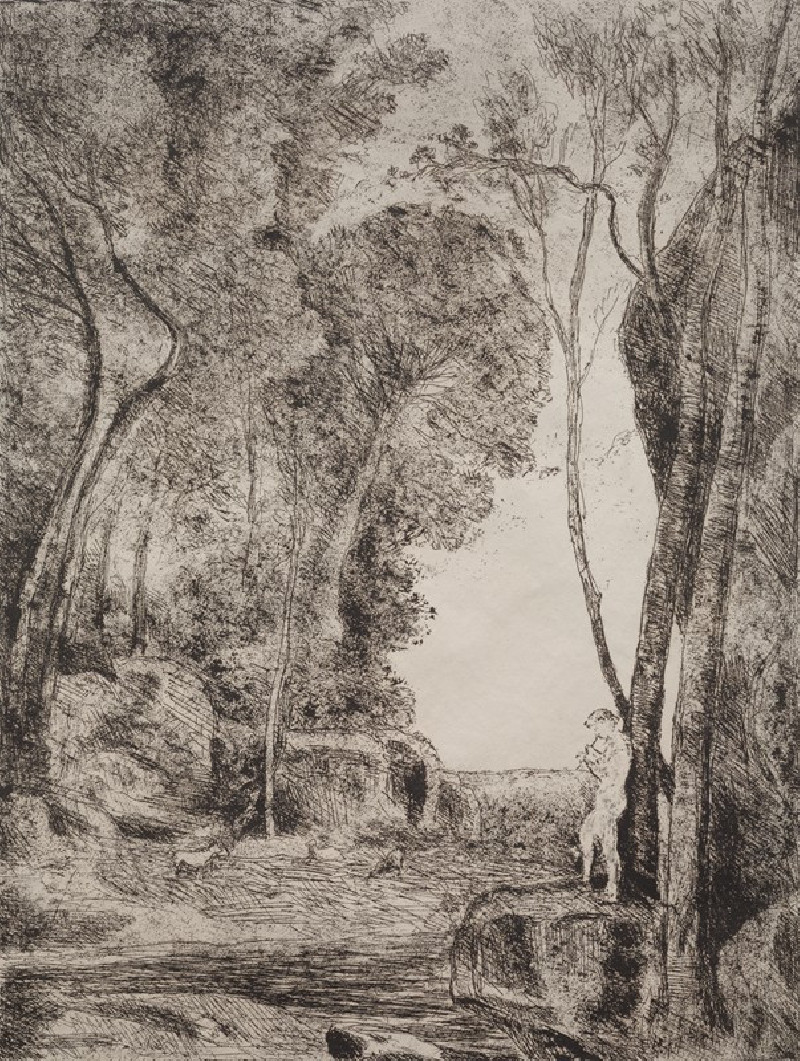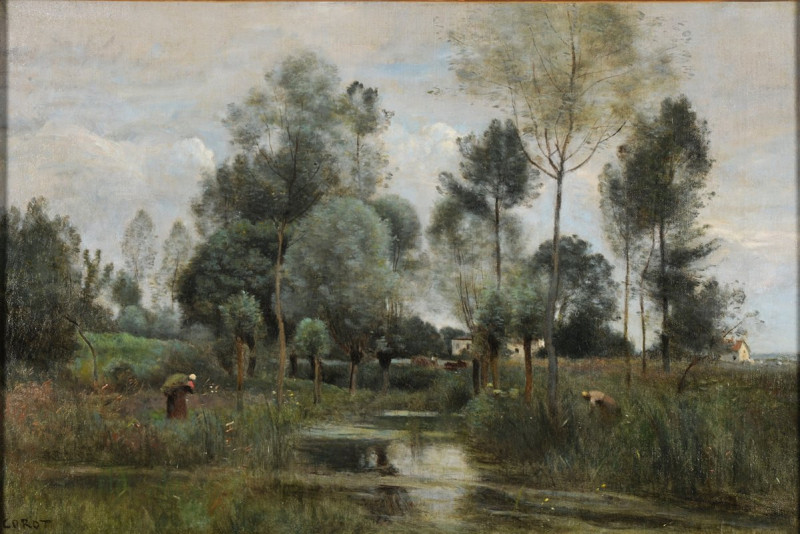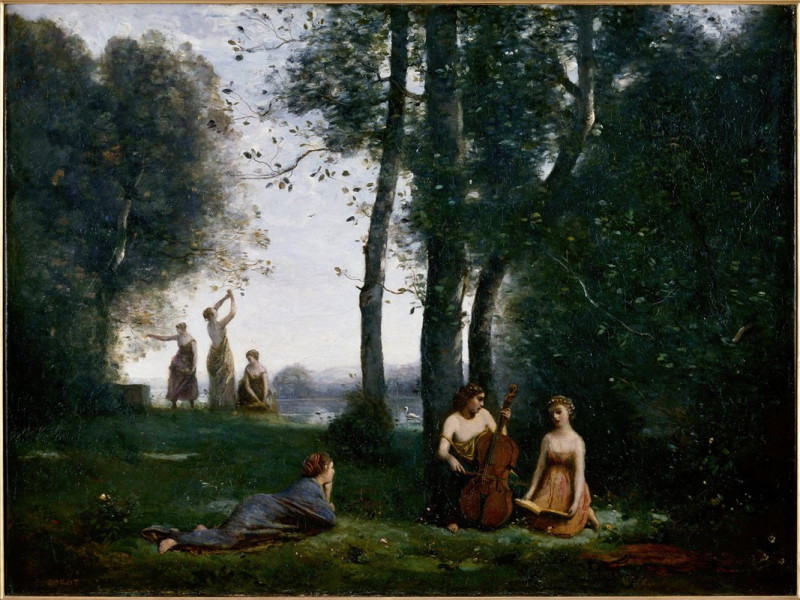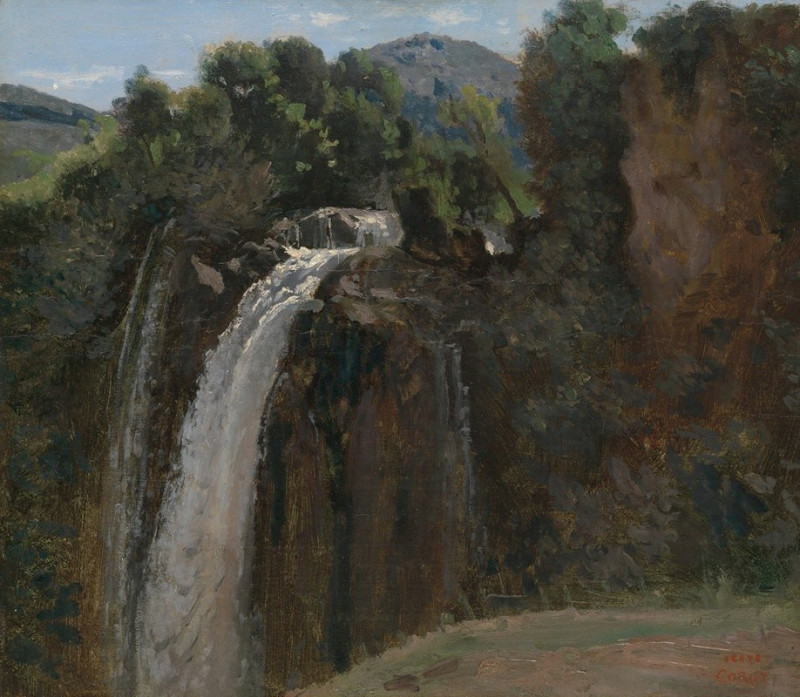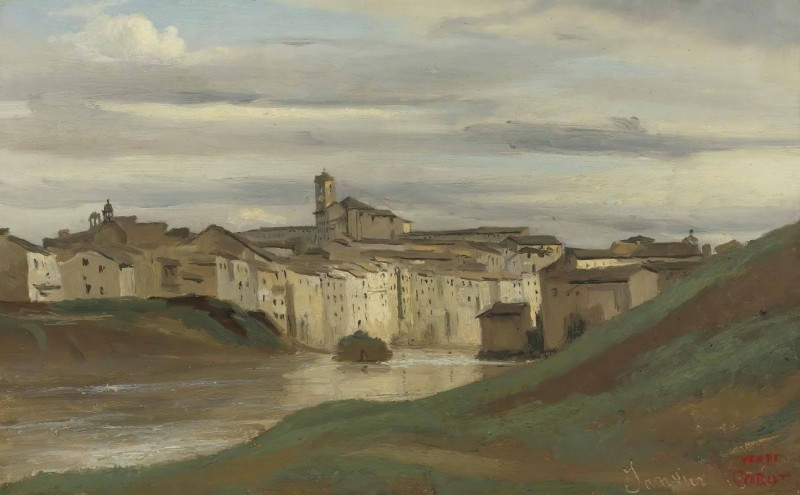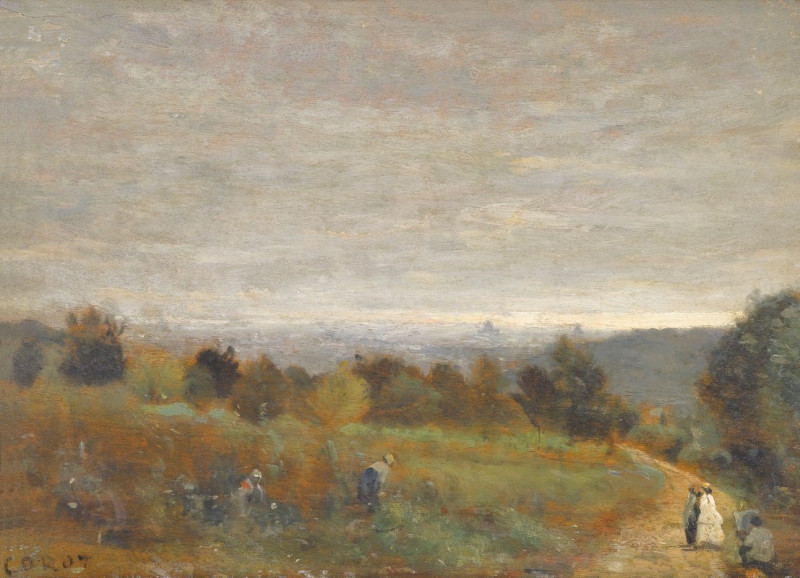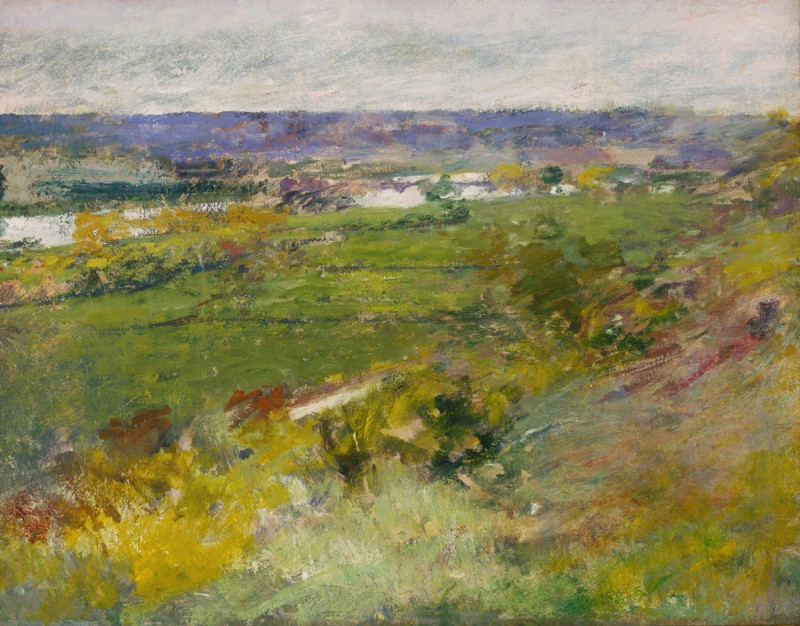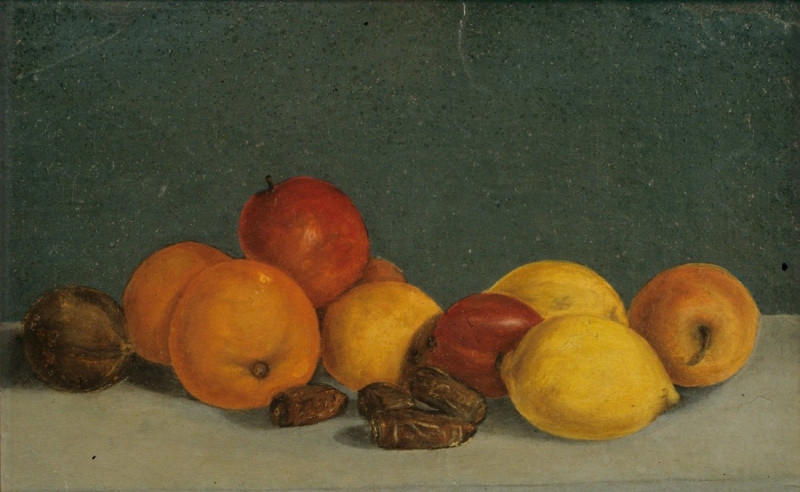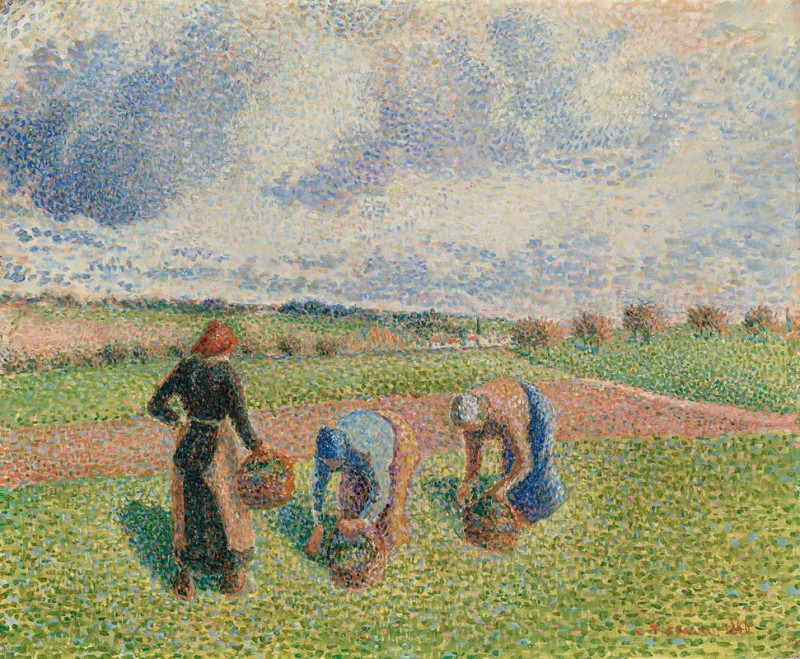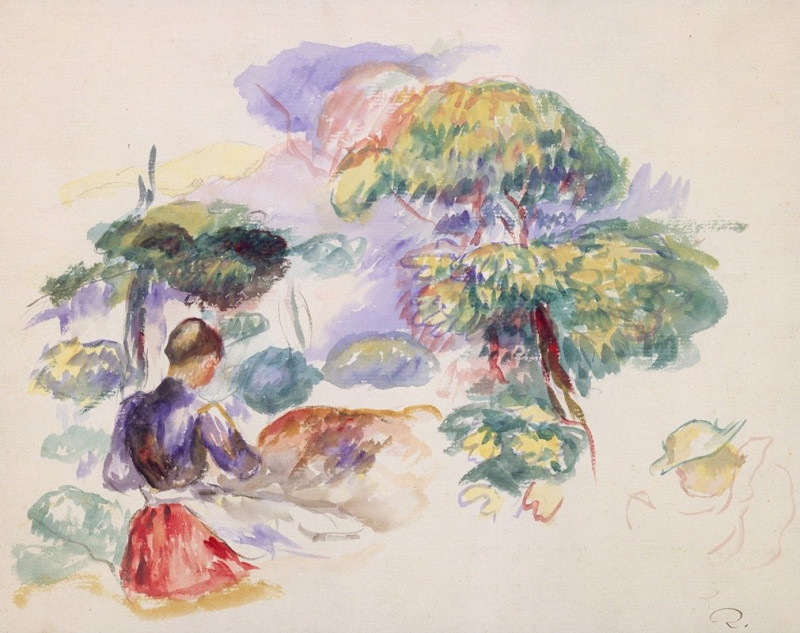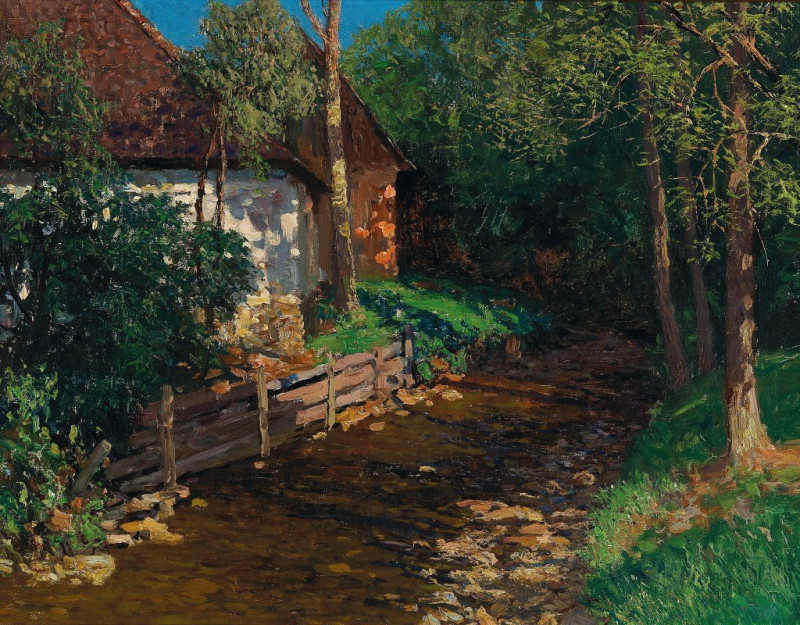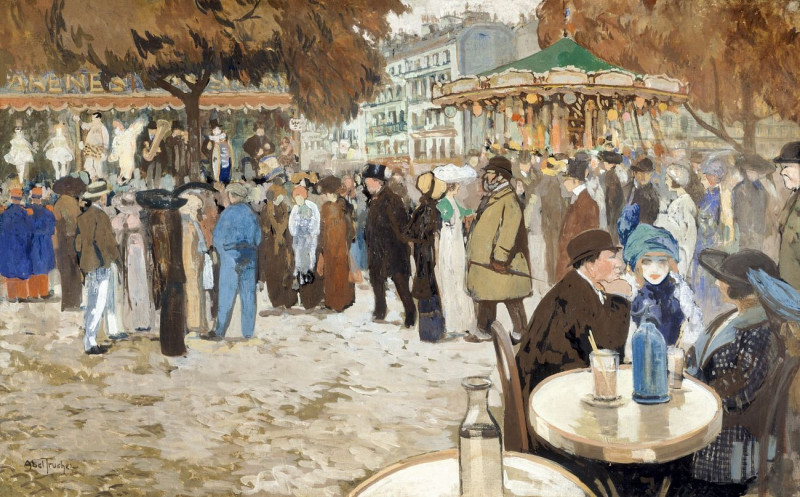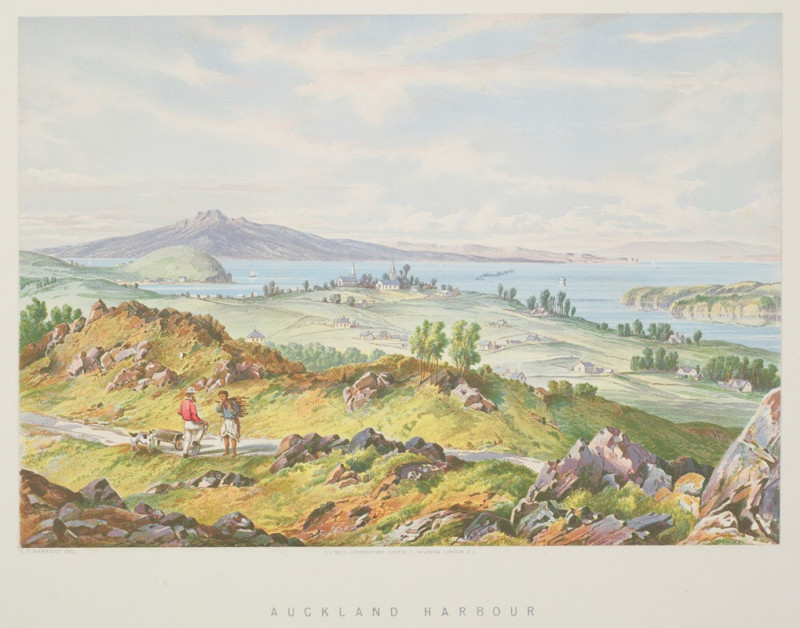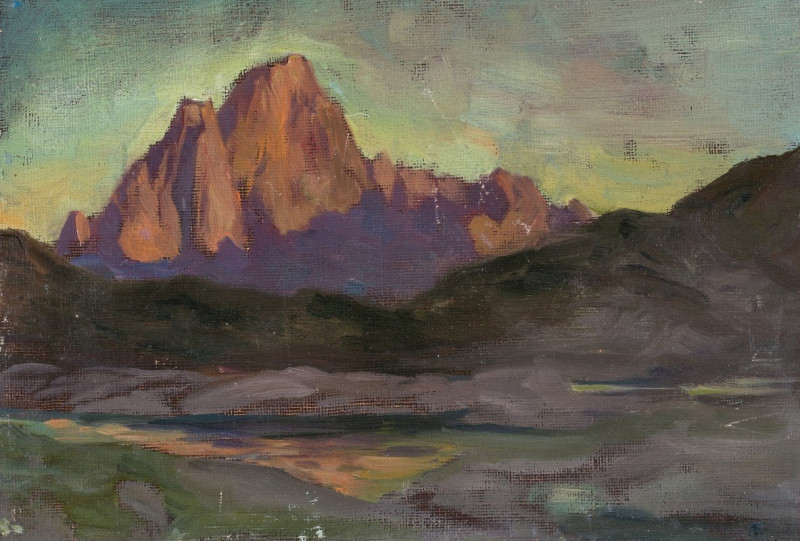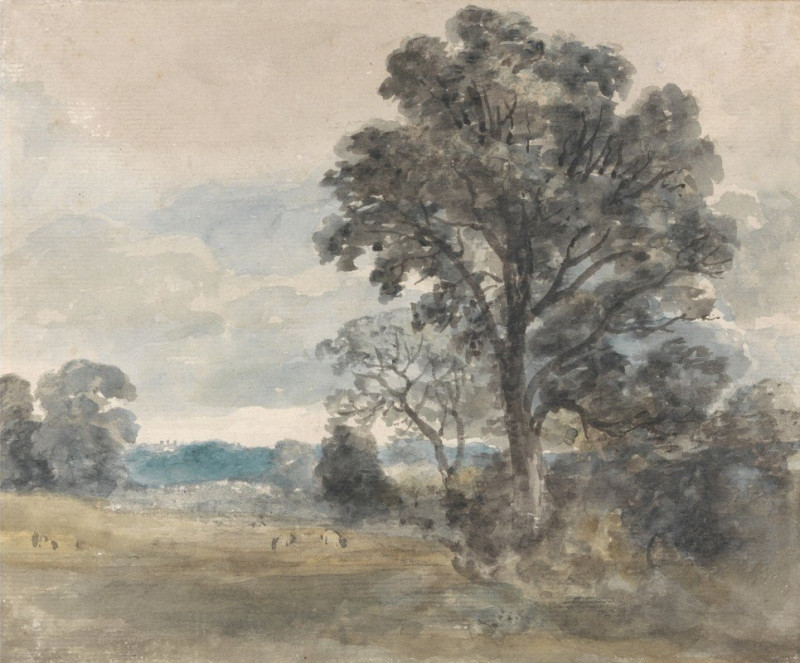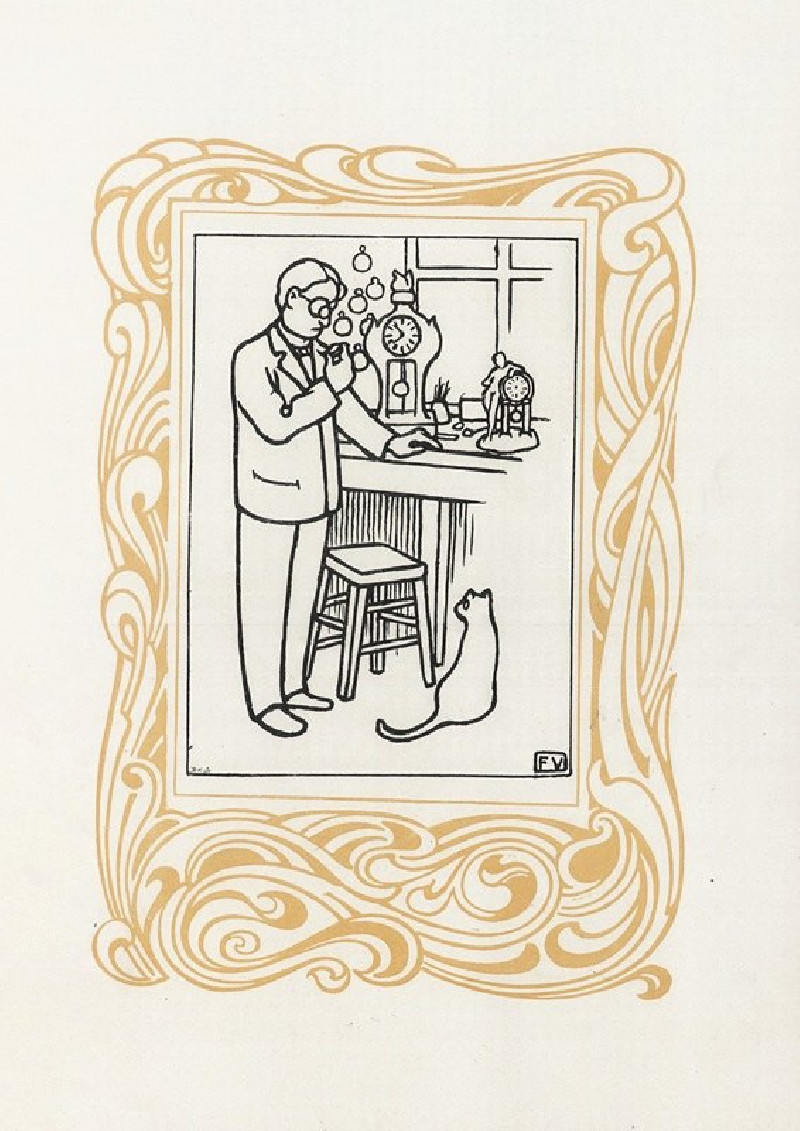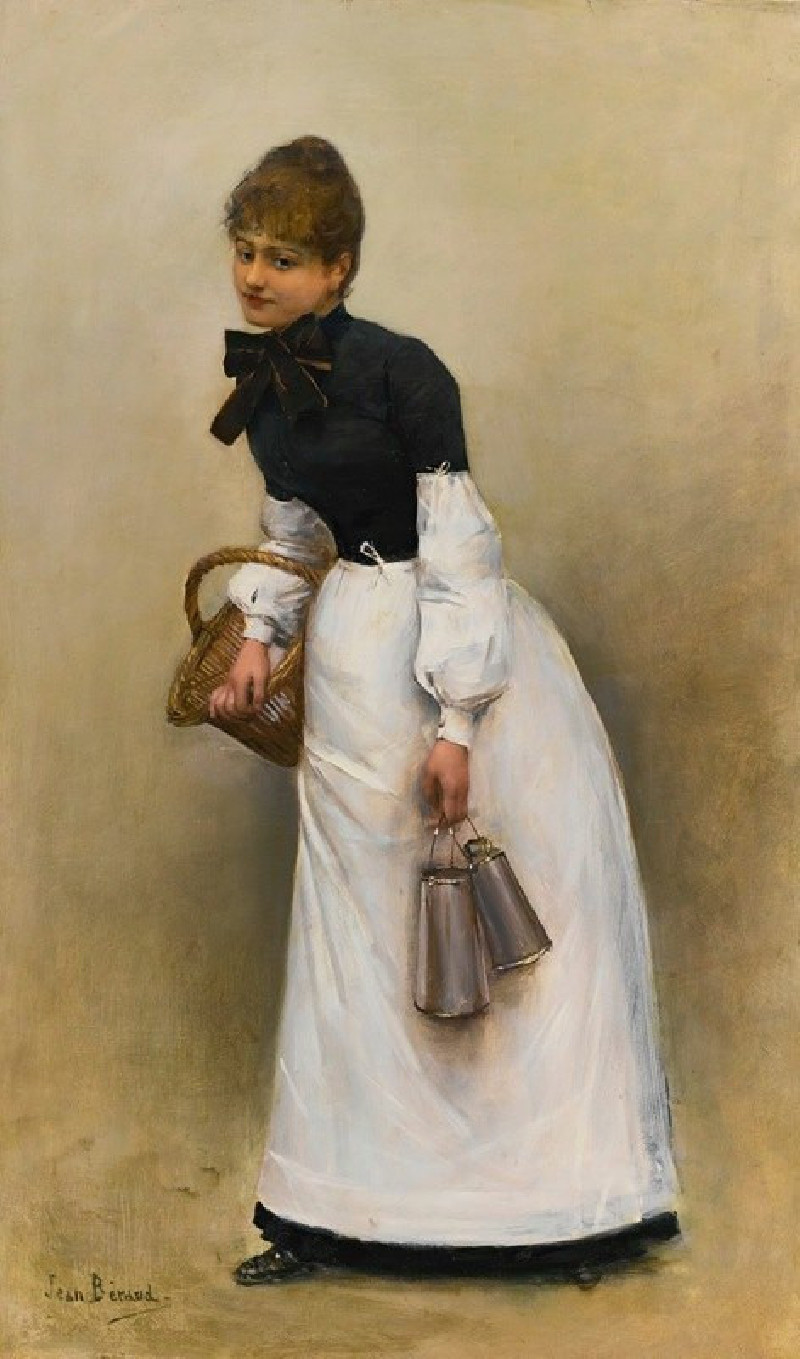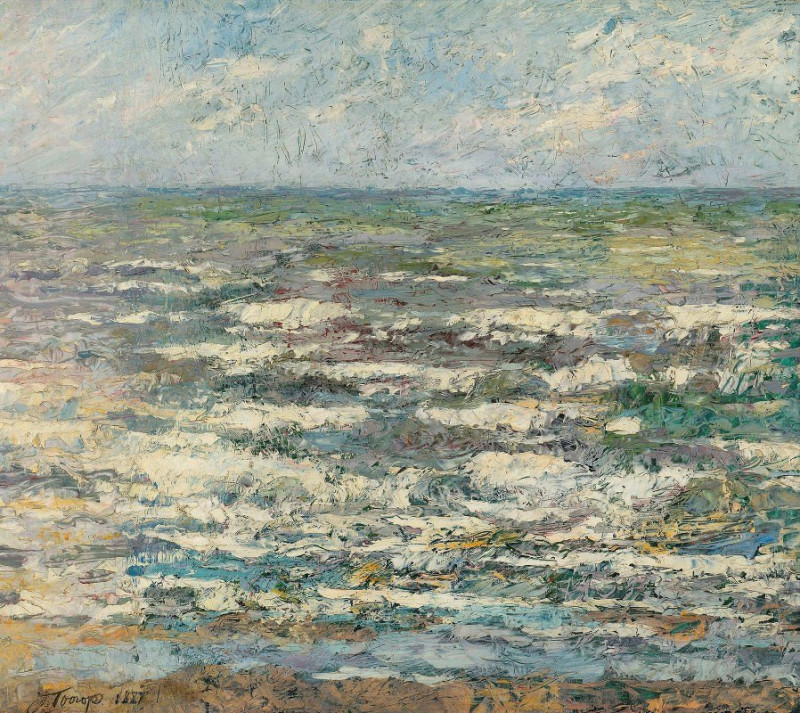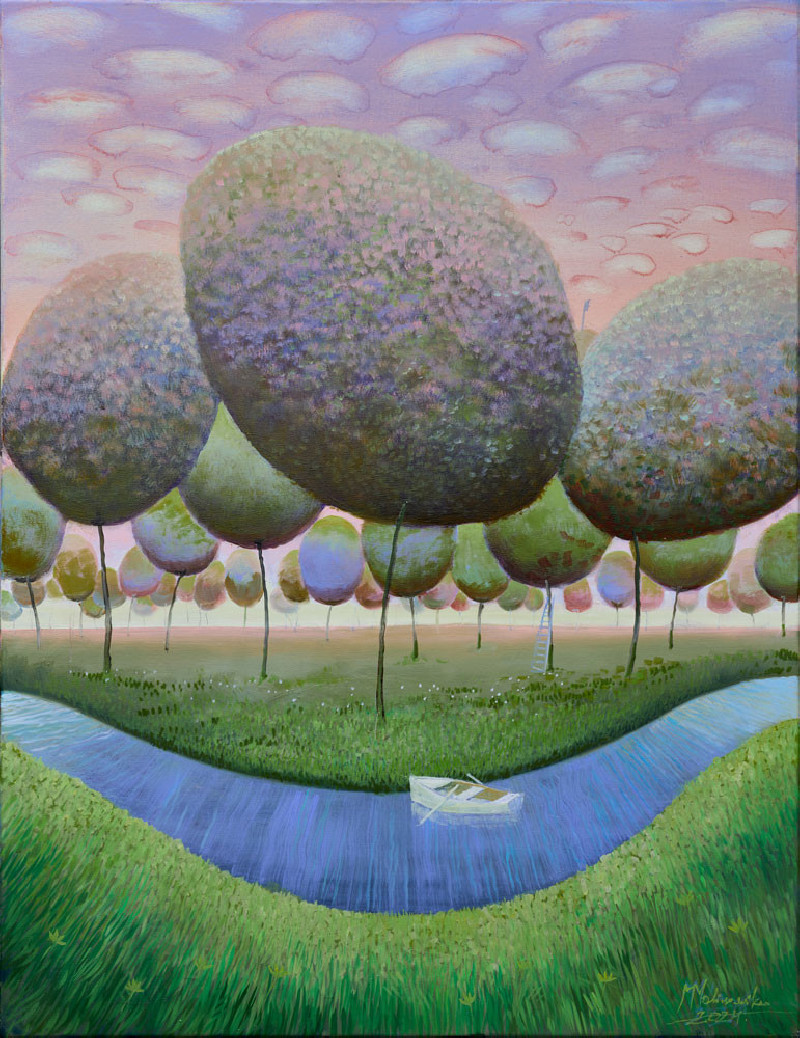Ville D’avray. Paysans Causant Sur Le Chemin Longeant L’étang
Technique: Giclée quality print
Recommended by our customers
More about this artwork
Jean-Baptiste-Camille Corot's painting "Ville D'avray. Paysans Causant Sur Le Chemin Longeant L’étang" captures a serene moment in the French countryside. This beautiful artwork, drenched in subtle and earthy hues, showcases Corot's mastery in landscape painting which beautifully blends realism with poetic sensibility.In the painting, a group of peasants are depicted conversing on a narrow, tree-lined path that skirts along the edge of a pond. The scene is enveloped in soft, diffused light, suggesting either early morning or late afternoon. The figures are integrated harmoniously with their natural surroundings, which Corot renders with a fine balance of detail and atmospheric effect.The tall, slender trees frame the scene, leading the viewer's eye towards the softly illuminated sky in the background. The play of light and shadow, along with the naturalistic depiction of the foliage and earth, reflects Corot's intention to convey not just the visual but also the emotional texture of the setting.
Delivery
Returns
Jean-Baptiste-Camille Corot was a French landscape and portrait painter as well as a printmaker in etching. He is a pivotal figure in landscape painting and his vast output simultaneously references the Neo-Classical tradition and anticipates the plein-air innovations of Impressionism.

